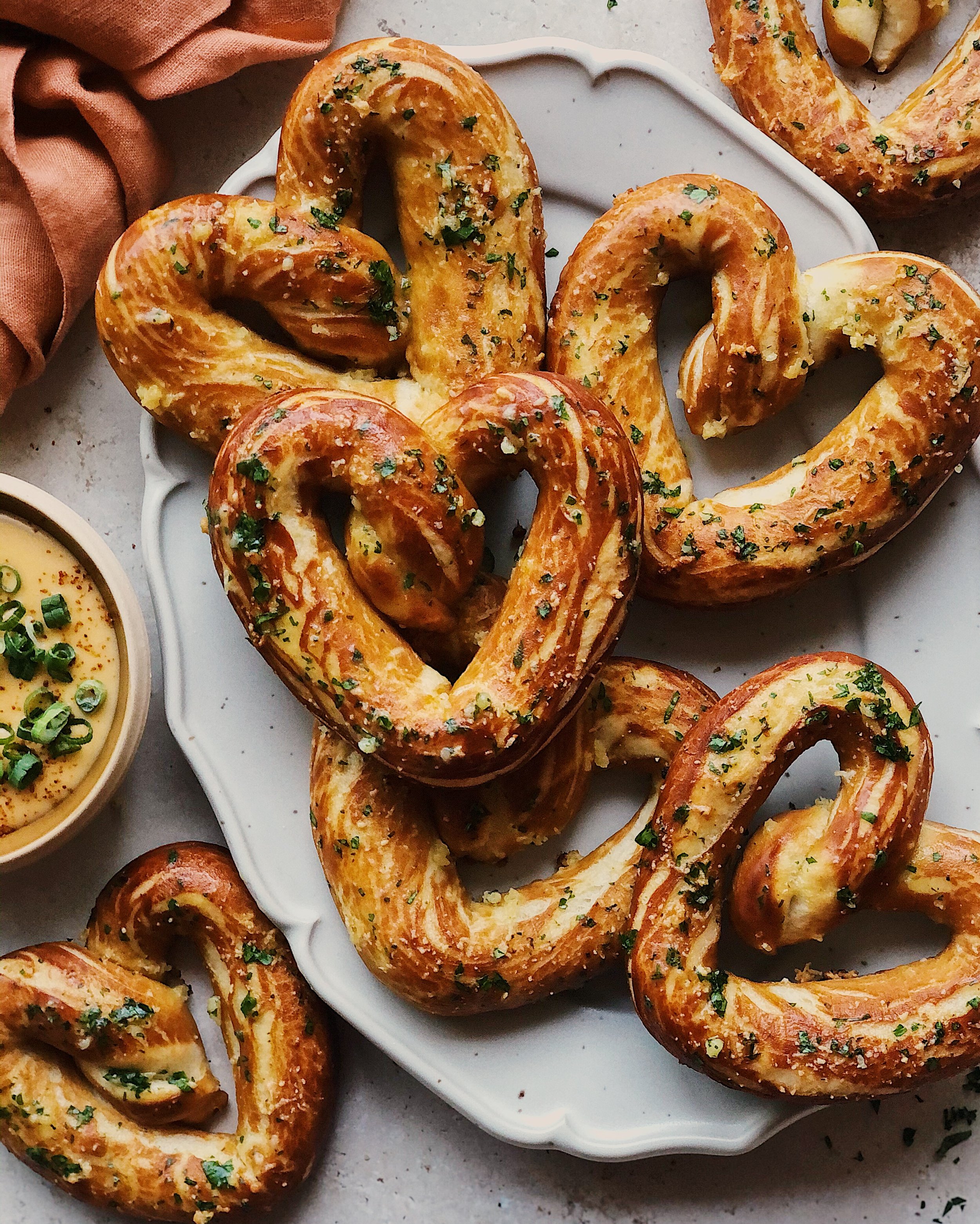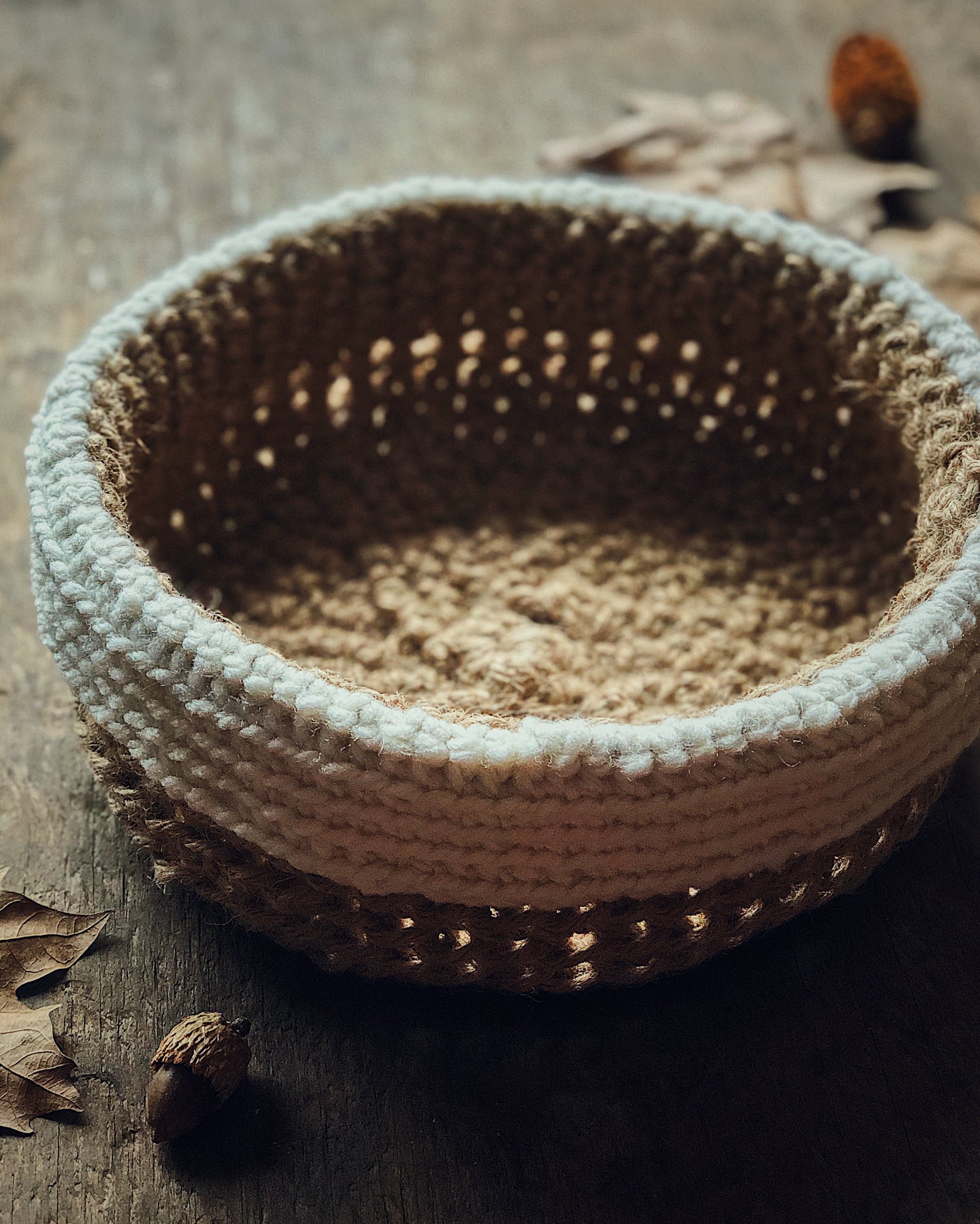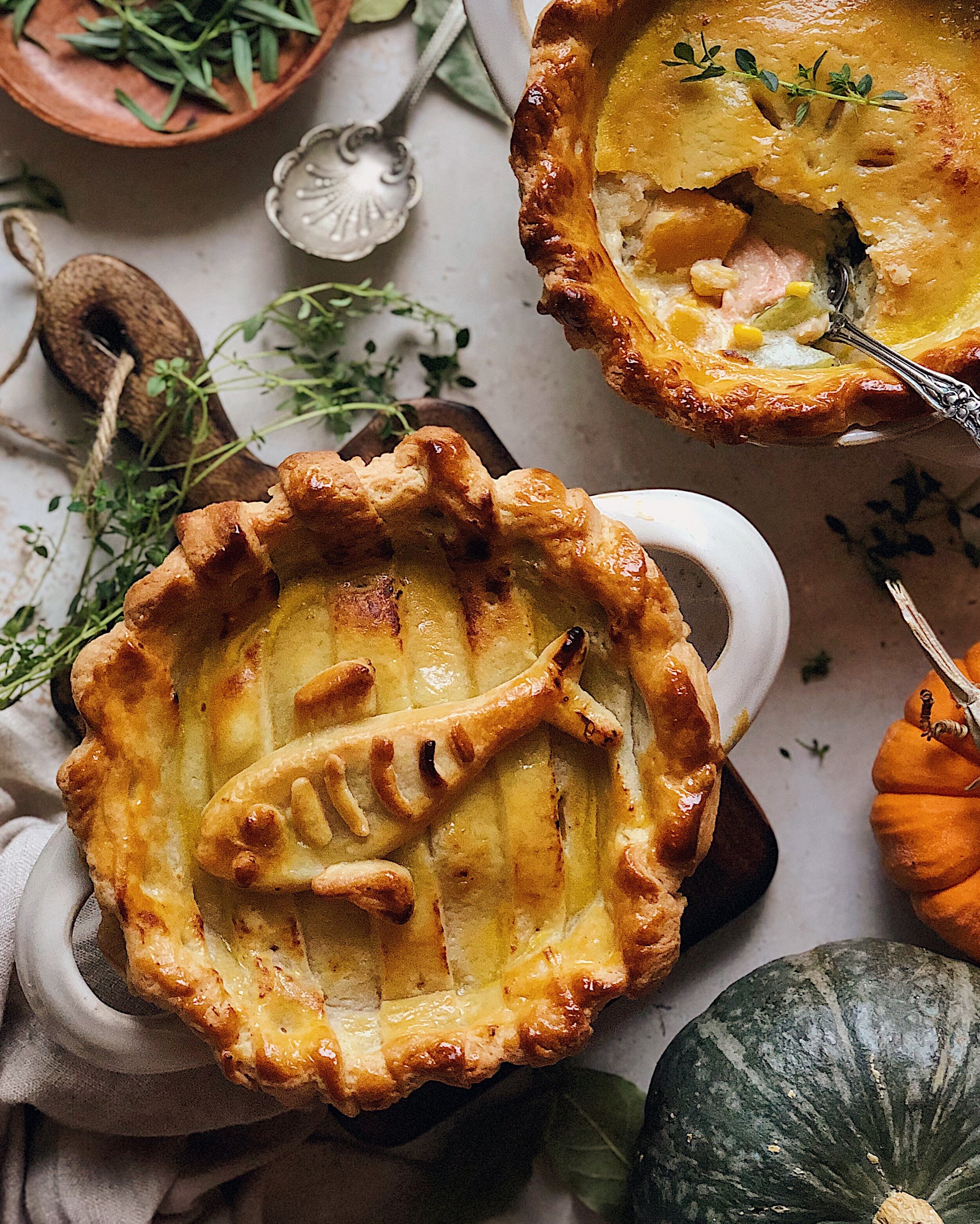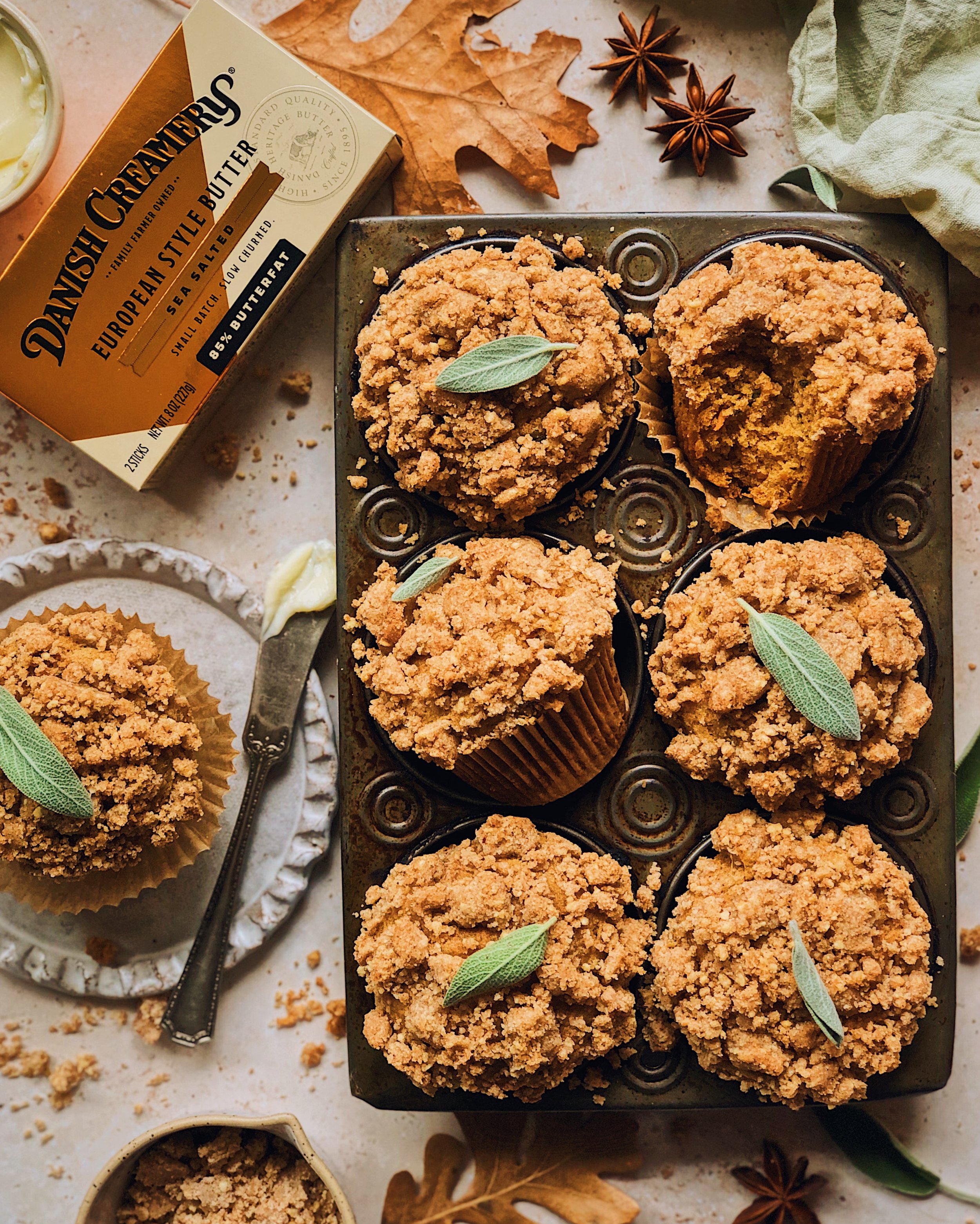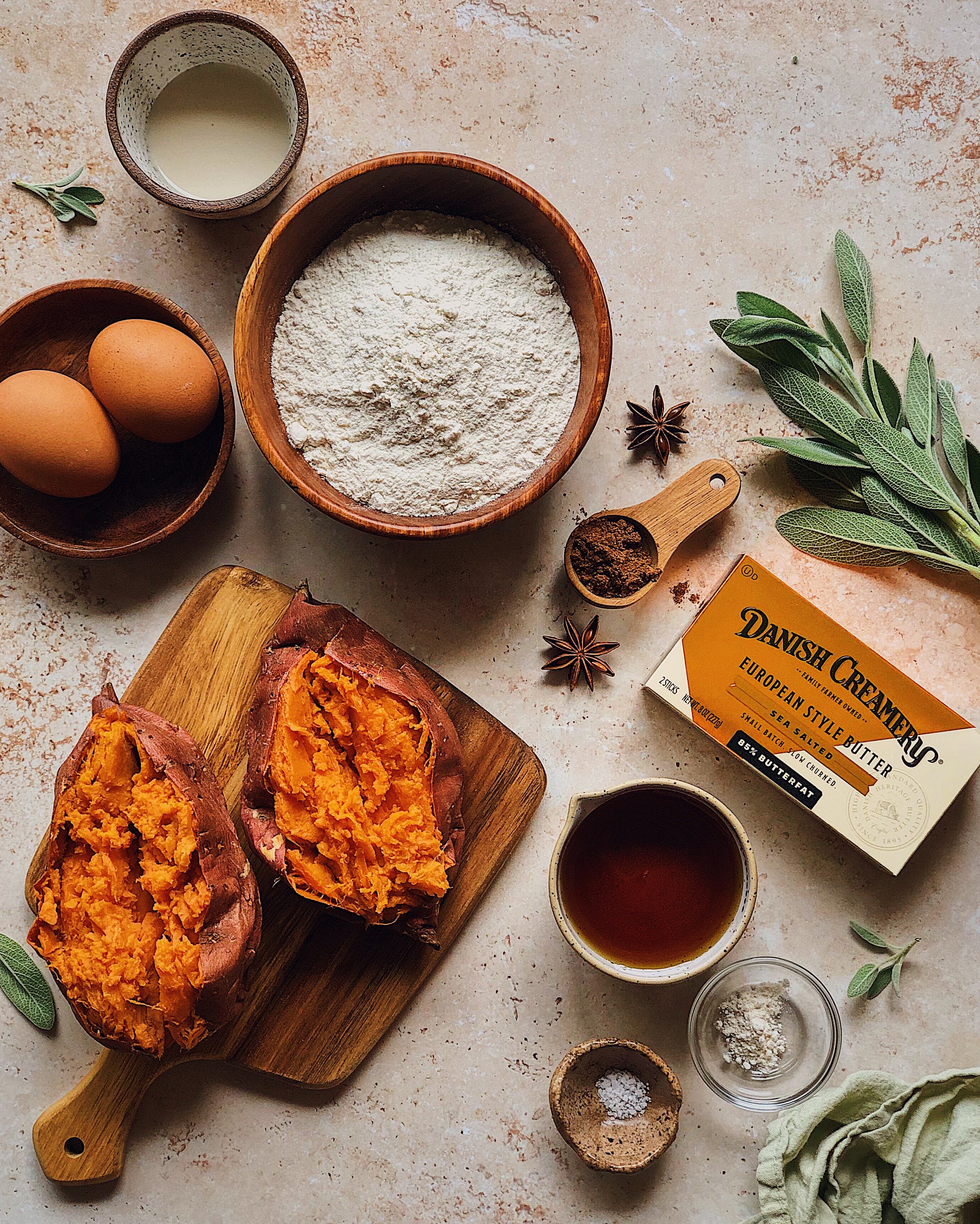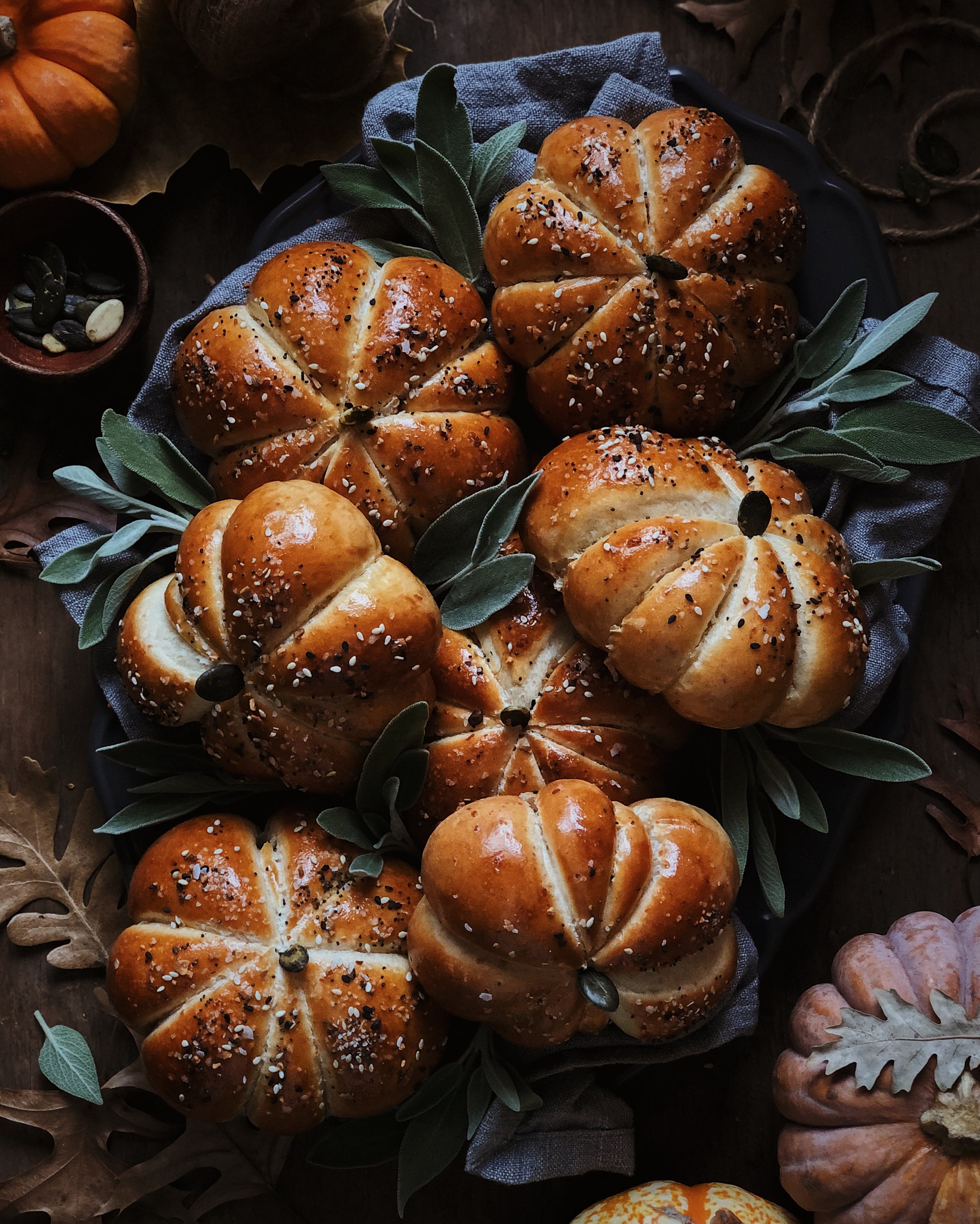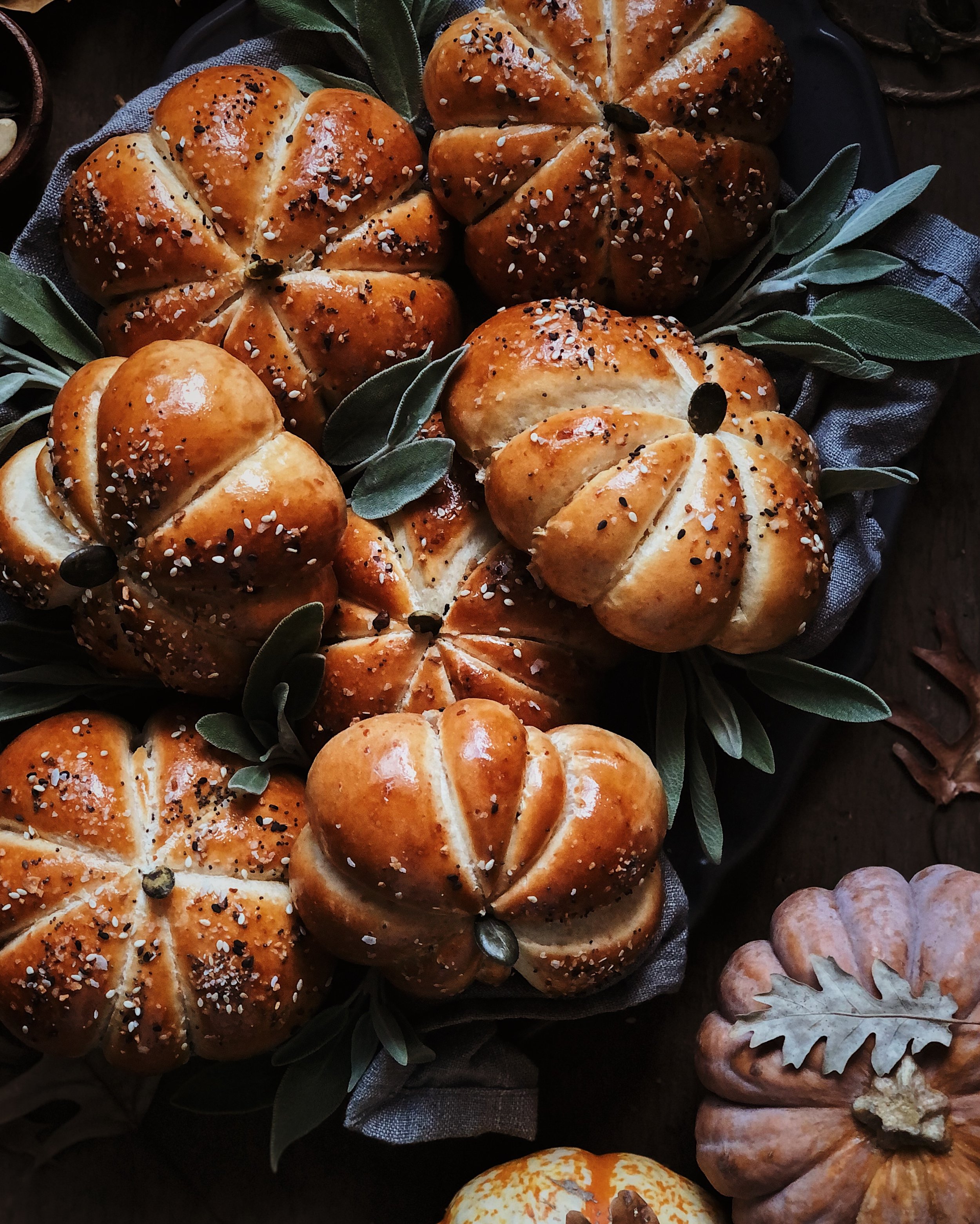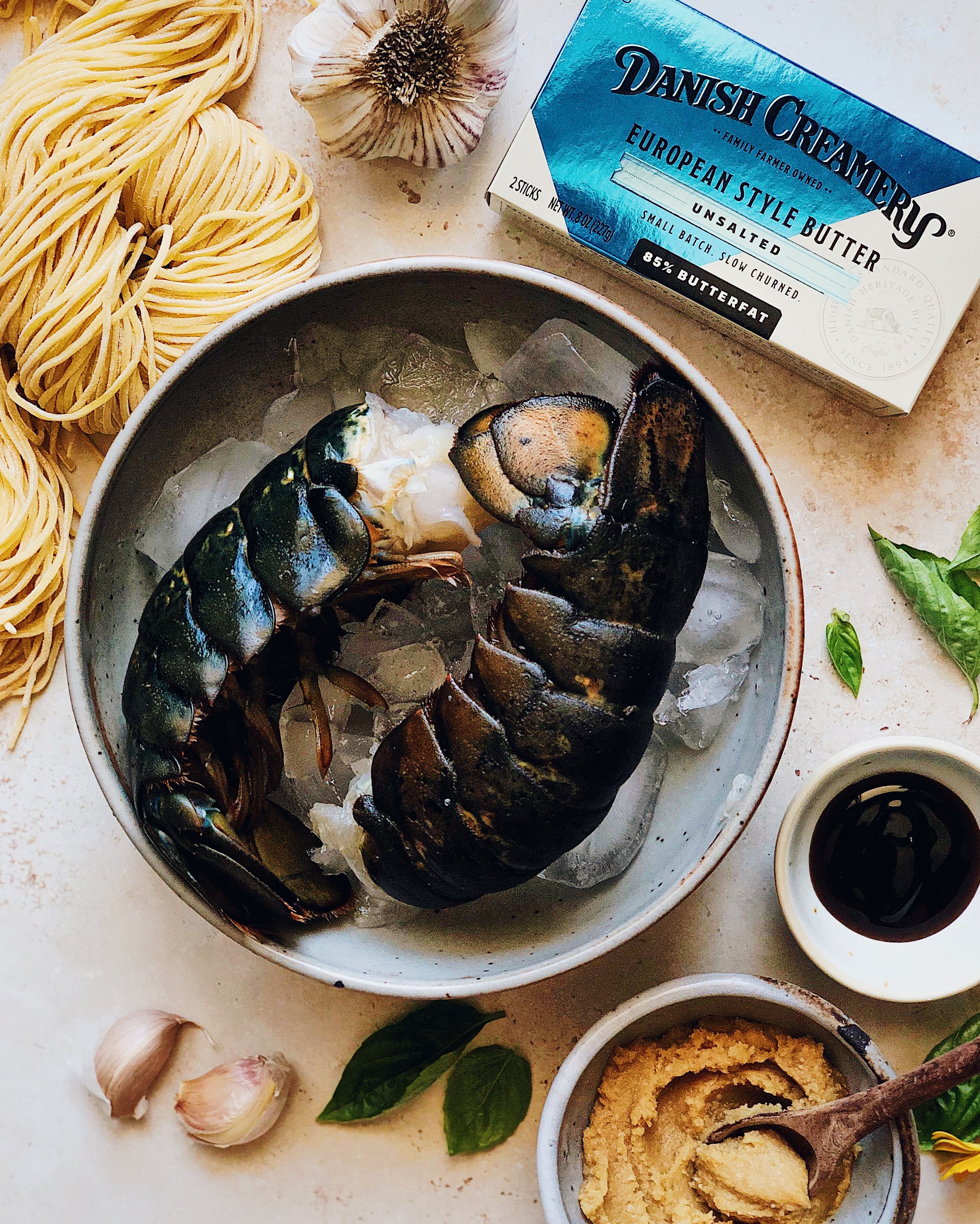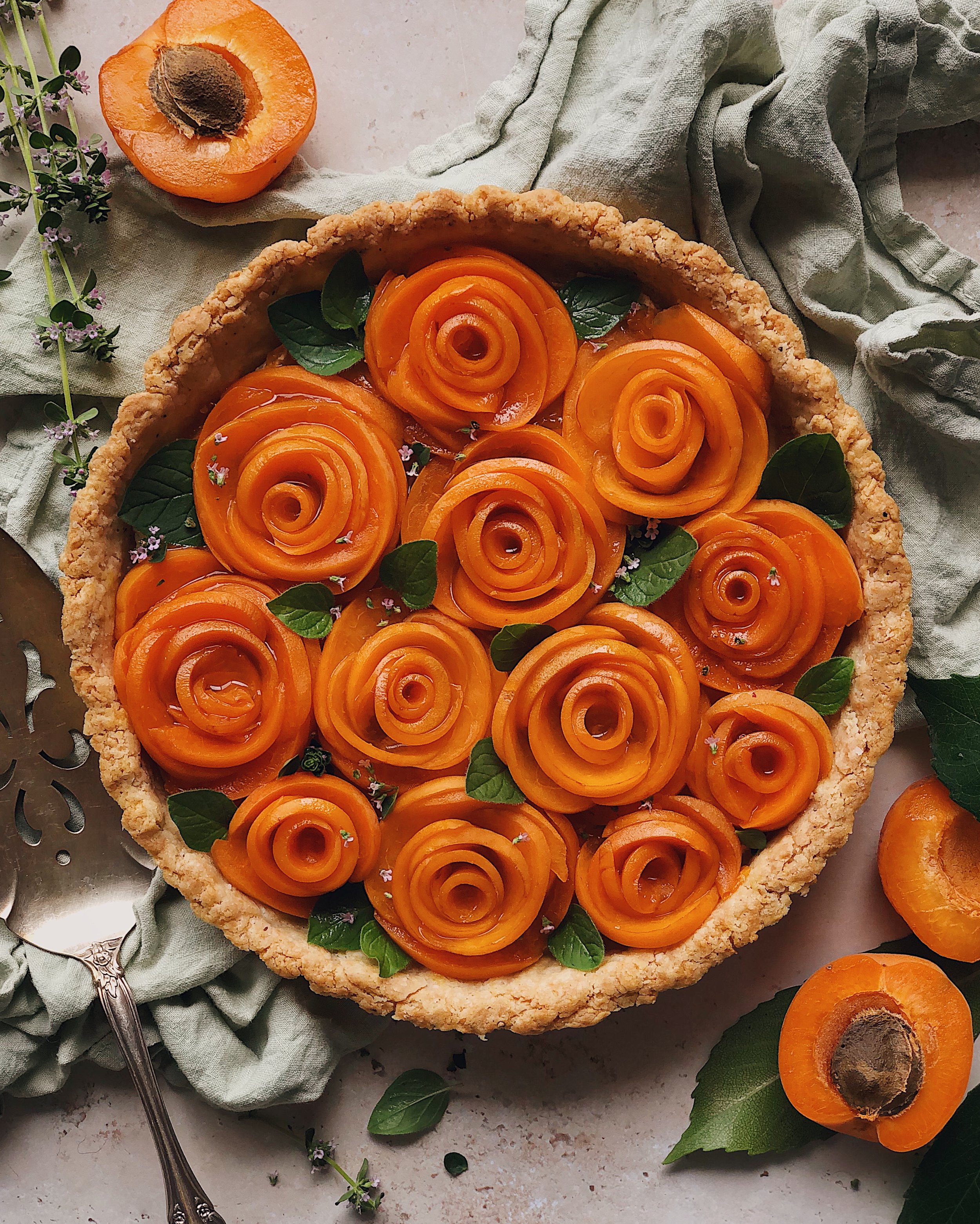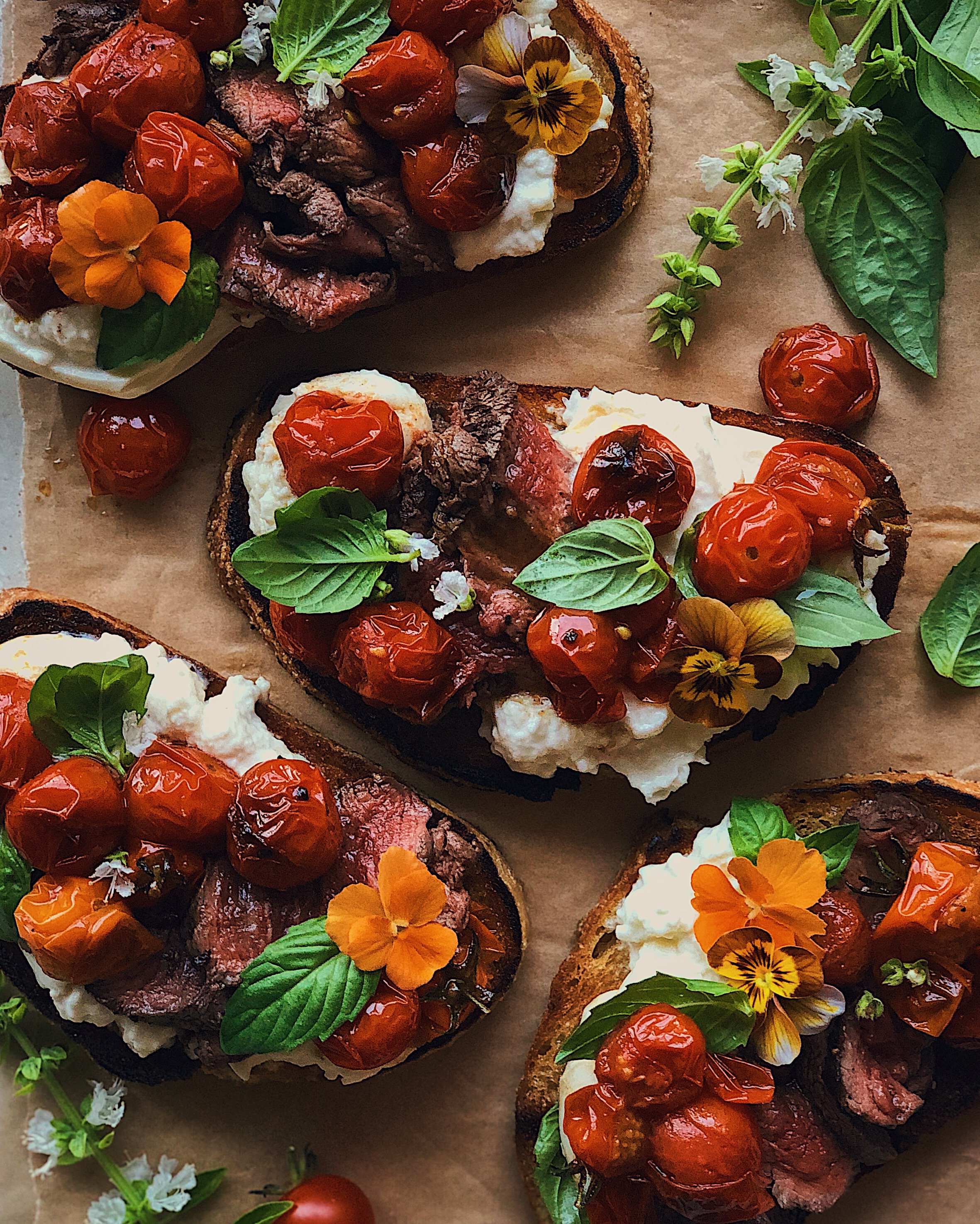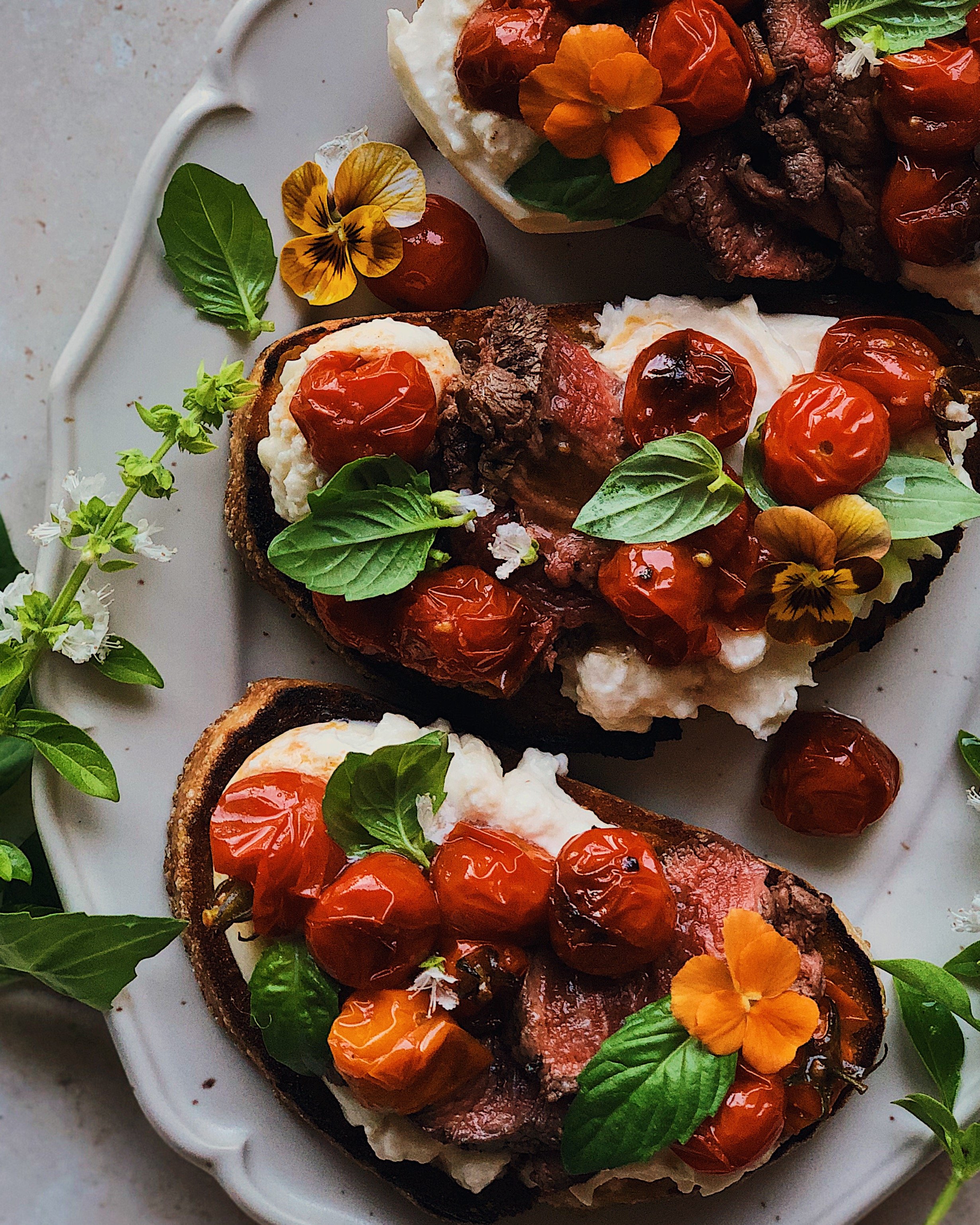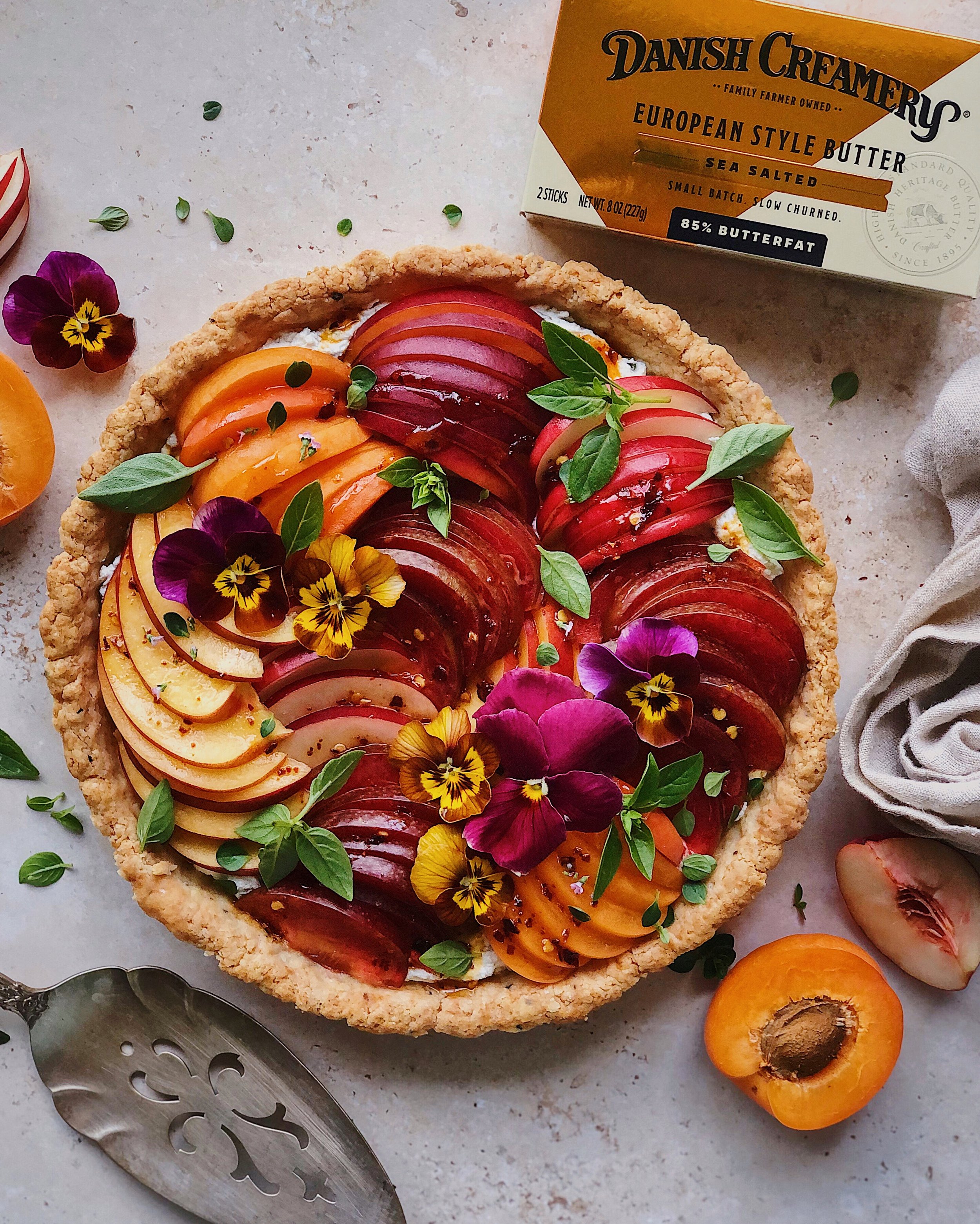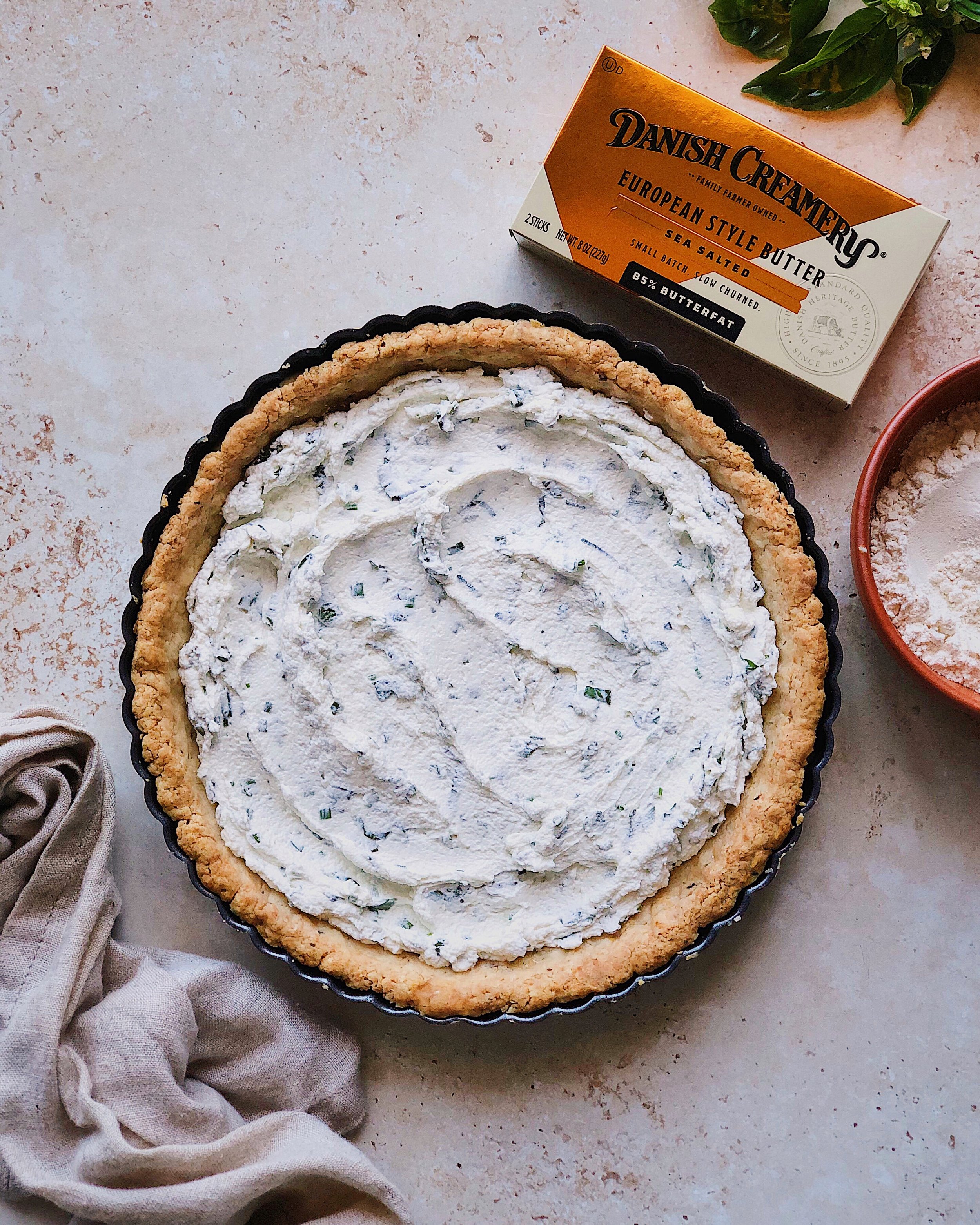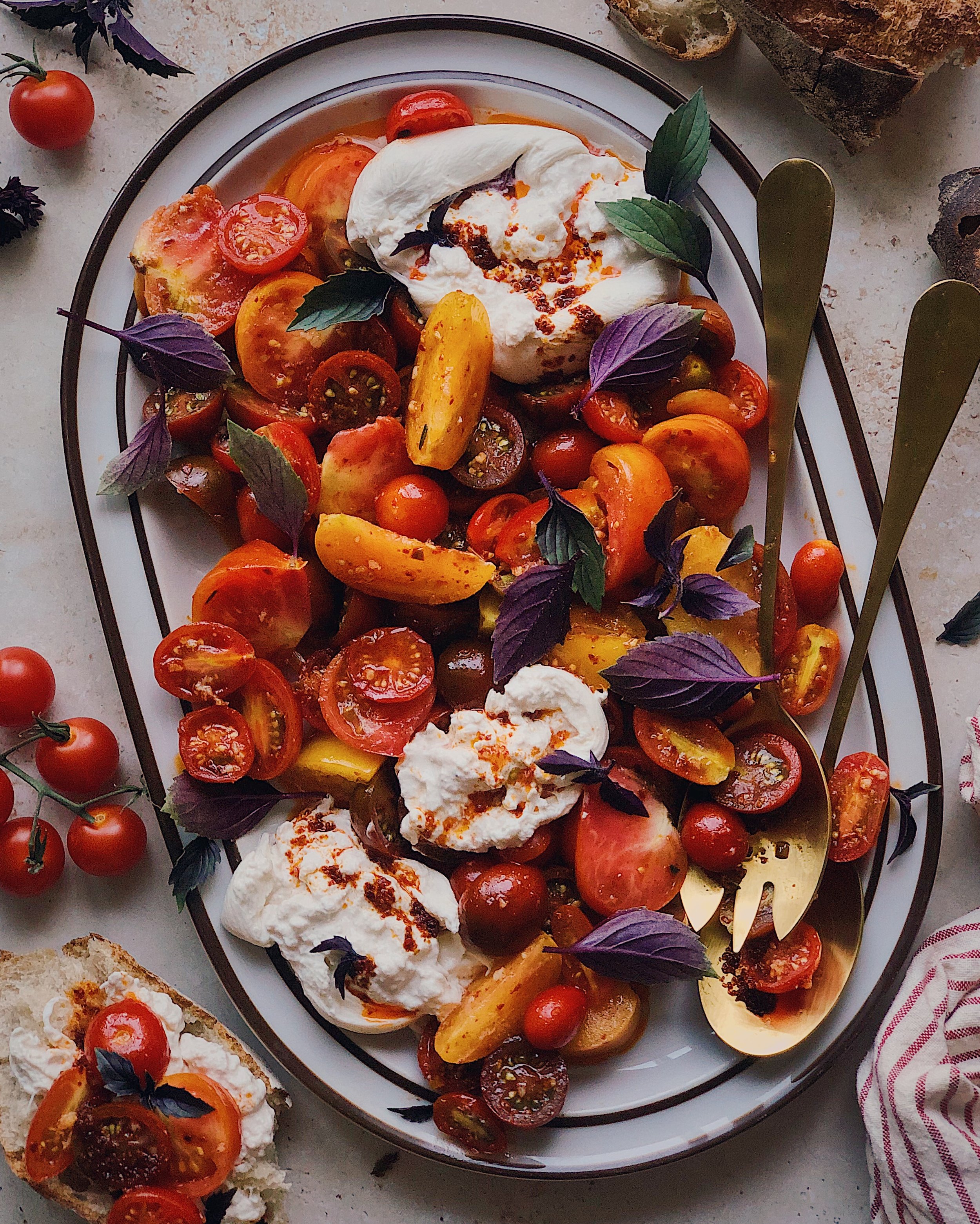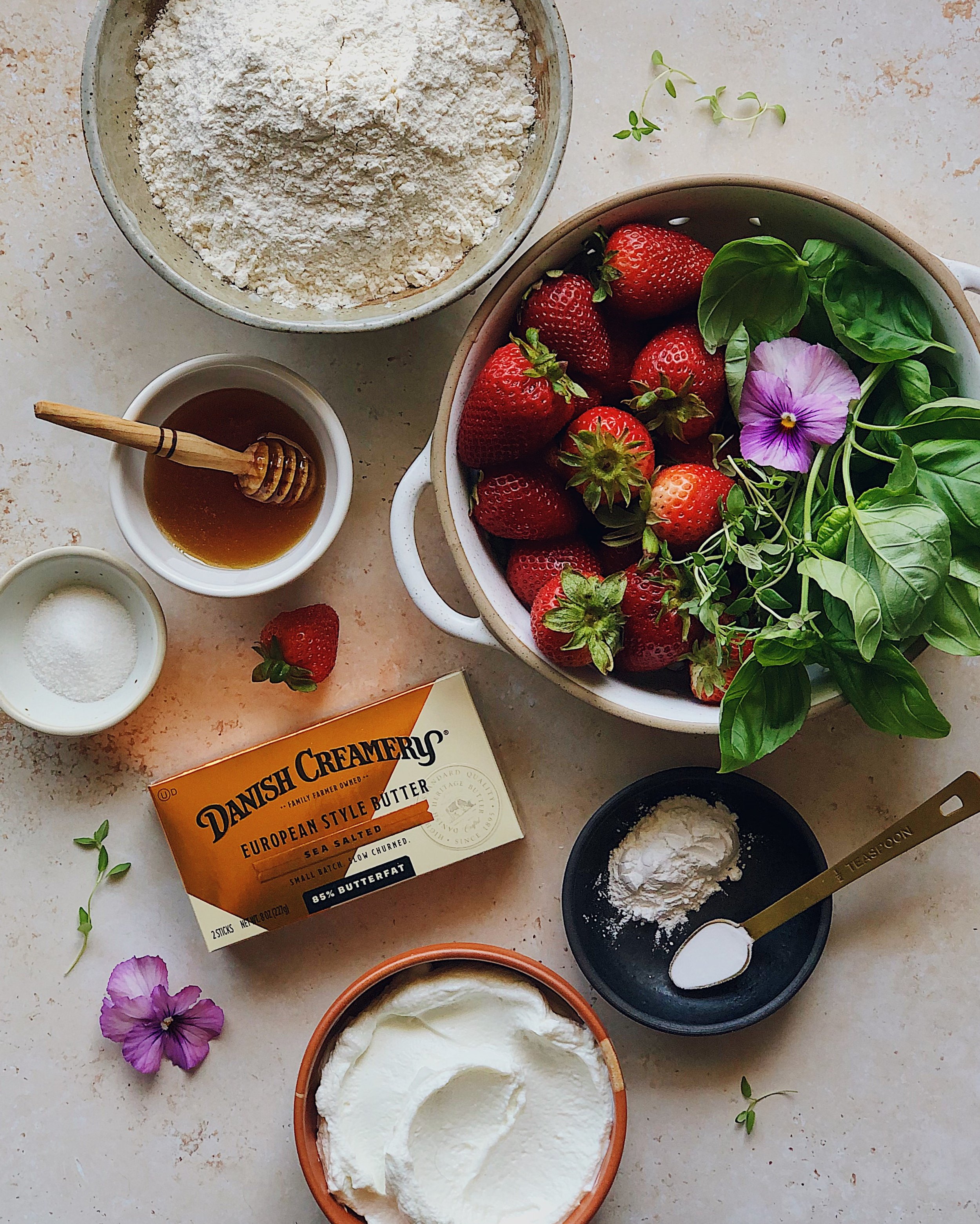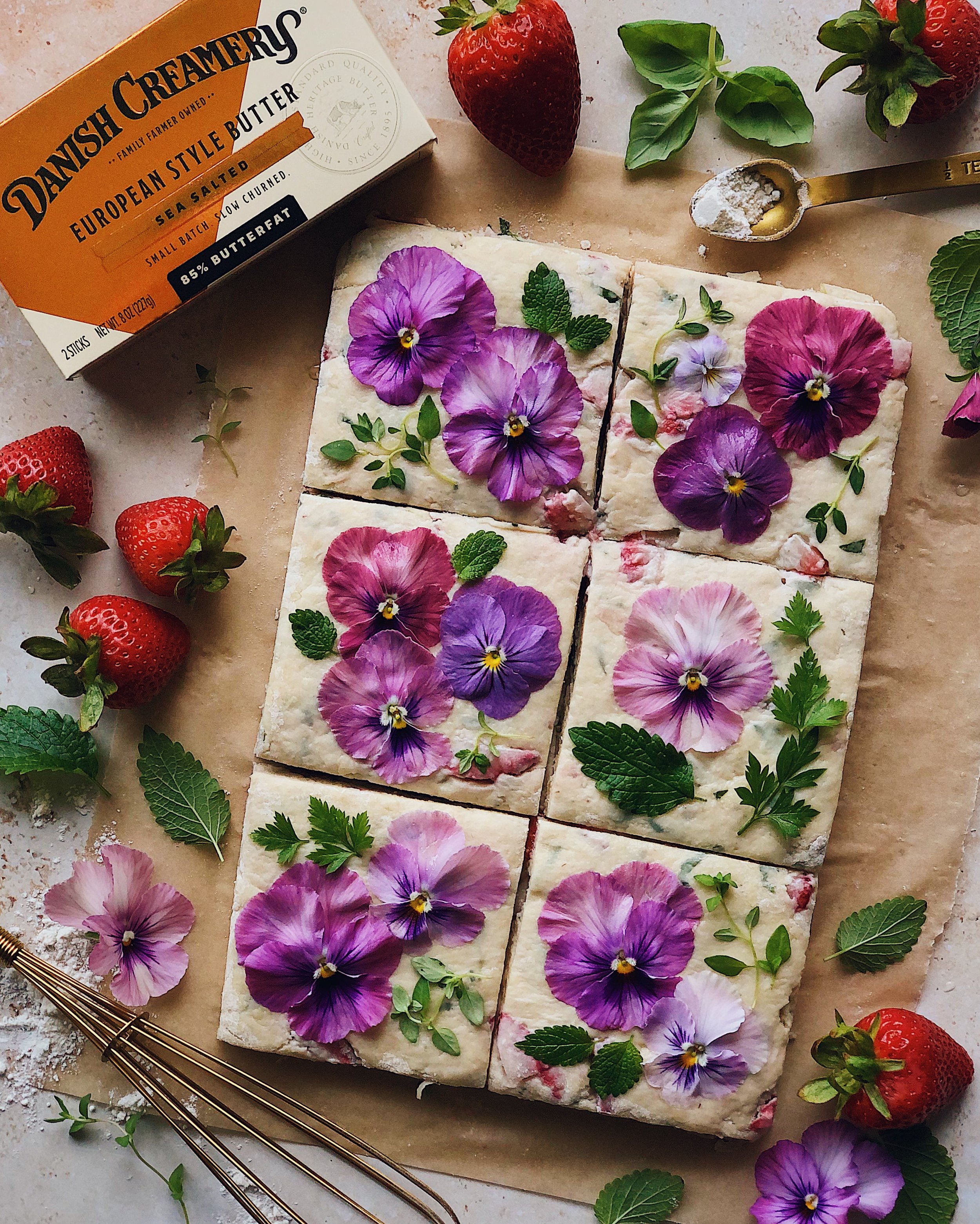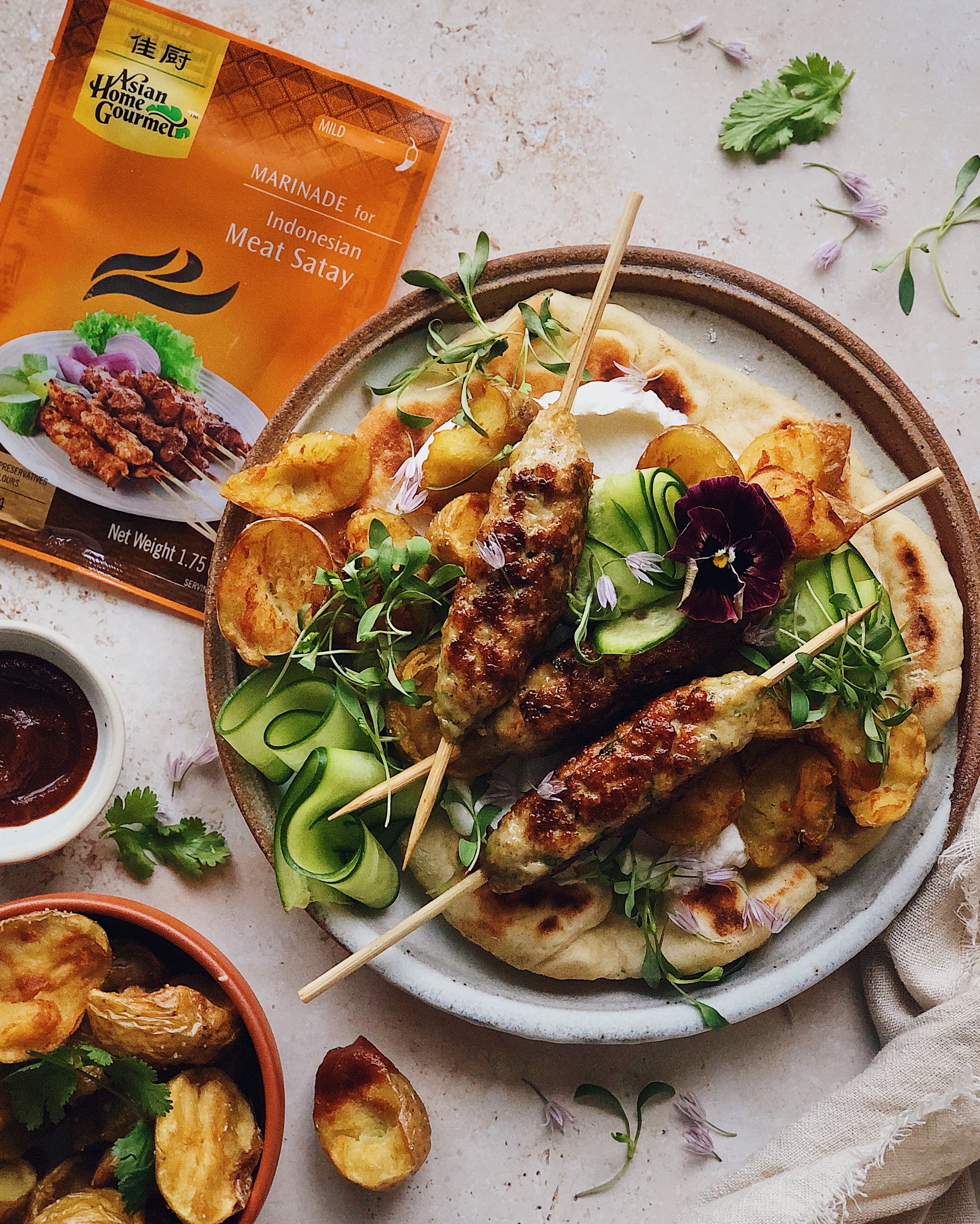Recipe: Heart-Shaped Garlic Butter Parm Pretzels
/These cuties are the texture of a soft American mall pretzel with the extra garlicky goodness of a garlic knot. When you typically make pretzels, you would cut slashes in the dough before baking to allow the dough to expand without cracking the dark brown malty exterior you get from boiling in an alkaline solution. However, I did not do that here. The result was this unusual crackled texture, which gave the garlic butter something to stick on to!
These are such a fun treat for your valentine, friend, or galentine, or anyone in your life who appreciates some freshly-baked carbs. And they are also great for when you are looking for a special baking project to do just for you!
Soft pretzel dough recipe adapted from Sally’s Baking Addiction.
How to Make Heart-Shaped Garlic Butter Parm Pretzels
Ingredients
3/4 cup warm water
1 tsp (slightly heaped) active dry yeast
1 tbsp honey
1 tbsp butter, melted and cooled
2 tsp brown sugar
1/2 tsp salt
2 cups AP flour, plus more for dusting
nonstick cooking spray
3/8 tbsp salted butter
2 garlic cloves, minced
garlic salt, to taste
finely grated parmesan, to taste
1–2 tsp parsley leaves, finely chopped
For the Water Bath
9 cups water
1/2 cup baking soda
Procedure
Combine warm water, yeast, and honey in the bowl of your stand mixer and stir gently. Allow yeast to bloom and foam up for 5 minutes.
Add butter, brown sugar, and salt, and stir together. Fit stand mixer with the dough hook and turn on to the lowest setting. Begin adding flour, 1/2 cup at a time, until a dough starts to come together. Use a rubber spatula to scrape everything together. If the dough is sticky, add a little bit more flour.
Turn the mixer to medium high and knead the dough for about 5 minutes until it feels smooth and bouncy. Turn the dough onto a clean worksurface and roll into a smooth ball. Grease the inside of the mixing bowl, and place the ball of dough back inside. Cover with a damp towel and allow to rest in a warm place for 20 minutes.
On a lightly floured worksurface, divide the rested dough into 8 equal pieces and roll each piece into a rope, about 16 inches long.
In a large pot, combine water and baking soda for water bath and bring to a boil. Preheat oven to 425°F.
While waiting for the water to boil, twist and pinch together the ends of each rope and shape into a heart.
Use a pancake turner/spatula to gently place one pretzel at a time in boiling water bath for 10 seconds on each side, then place on a parchment-lined baking tray with plenty of clearance around each. Adjust the shapes as needed. Make a small cut into the inner bottom tip of the heart shape, to help define the point better.
Combine butter, garlic, and garlic salt in a small bowl and heat for about 30 seconds in the microwave. Brush some of the mixture on to the pretzels. Sprinkle parmesan cheese on top. Bake for about 15 minutes, or until they are puffed and a rich golden brown.
While pretzels are baking, add parsley to the remaining garlic butter mixture. Brush more of this mixture on the pretzels when they come out of oven.












